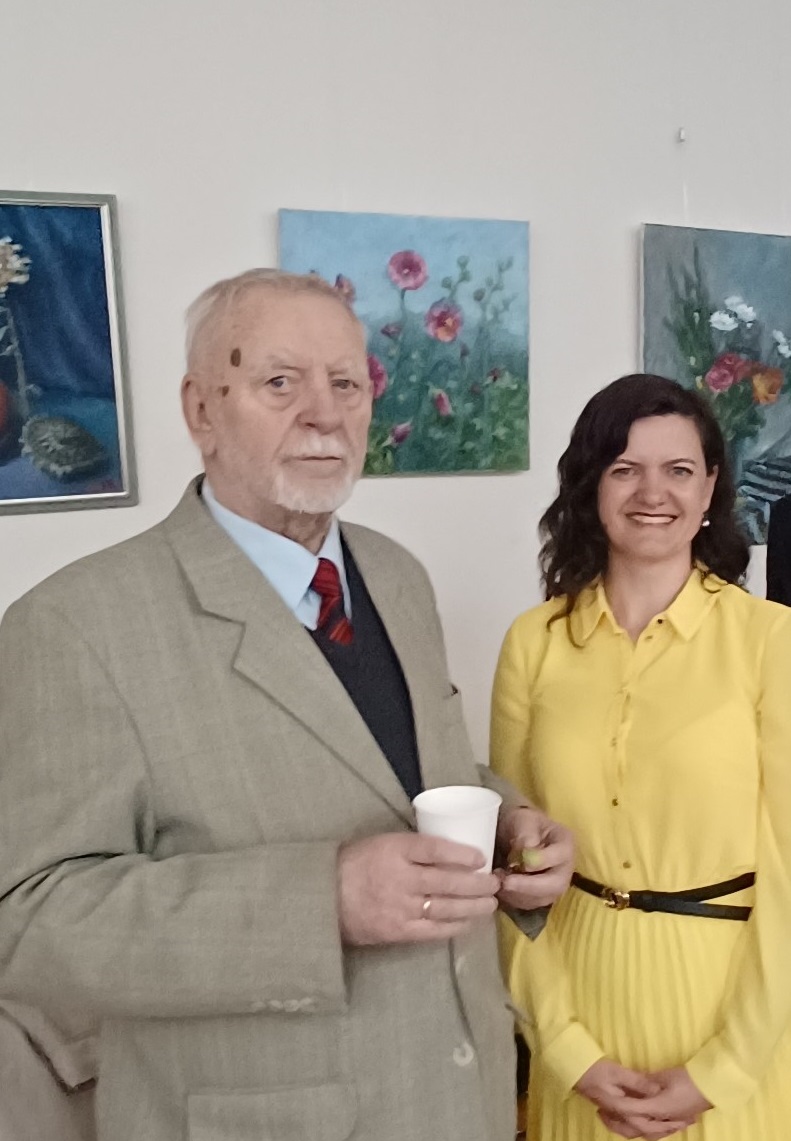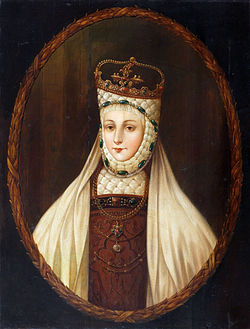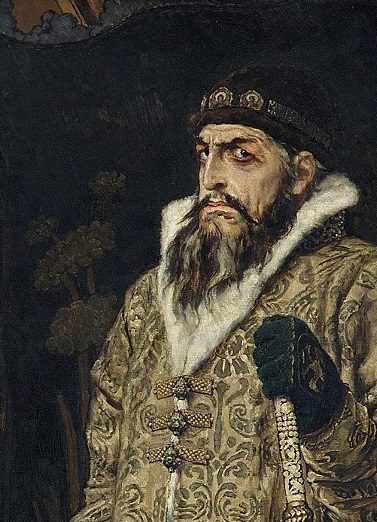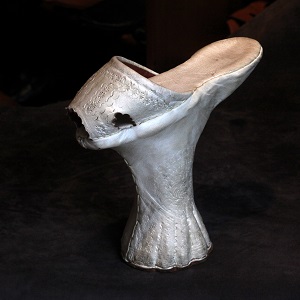Literary critic Prof. Dr. P. Bražėnas: "The man could not have written like that"

Ilona Skujaitė's War Bride took the literary world by storm. Within a year and a half, seven editions were published in Lithuania, proving its immense popularity among readers and critics.
The novel's primary strength is its feminine perspective
This year marks the 120th anniversary of Vincas Pietaris's Algimantas, the first Lithuanian historical novel. Over 100 such novels have been published since, mostly by male authors. However, more and more Lithuanian women are now joining this literary tradition.
At the heart of I. Skujaitė's historical novel War Bride is the life of Catherine Jagiellon, a Lithuanian-Polish princess who became Duchess of Finland and Queen of Sweden. Prof. Dr. P. Bražėnas commended the author for the novel's unique feminine perspective, noting that, "A male author would be incapable of crafting Catherine's monologues or revelations with such sensitivity and depth. Only a woman could truly understand and convey the complexities of a woman's experiences."
A dynamic plot and complementary voices
Numerous readers of War Bride have commended the novel's compelling narrative, noting that they were unable to put the book down until they had finished it. Some of them even admitted to staying up all night to finish the book.
"I was particularly impressed by the novel's dynamic and linear plot structure. The narrative progresses chronologically, juxtaposing historical events with the protagonist Catherine's responses. The narrative commences with a depiction of a princess who has been rejected, scorned, humiliated, unrecognized, and ignored. As the plot progresses, her situation undergoes a significant transformation. The brevity of the chapters contributes to the novel's engaging nature, with some readers opting to prolong their reading experience by limiting their daily intake," says Prof. Dr. P. Bražėnas.
According to him, the novel employs a distinctive narrative style, combining a detached, objective perspective with Catherine's subjective voice. This dual narrative strategy effectively constructs a convincing and engaging portrayal of the characters.
Compelling characters
A literary critic considers historical fiction a challenging genre, requiring a balance between historical accuracy and artistic storytelling. Simply presenting historical facts is insufficient; true historical fiction requires creative skill.
Prof. Dr. P. Bražėnas considered War Bride as a well-crafted and captivating novel. He acknowledged I. Skujaitė's impressive literary debut, asserting that the novel is deserving of critical acclaim and widespread readership.
The professor also praised the novel's language, noting that the author's use of restrained language and attention to historical detail create a convincing portrayal of the time period.
Posted on 2023-01-08










